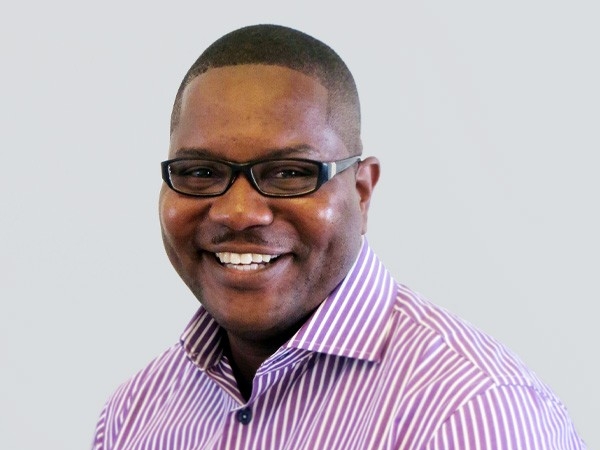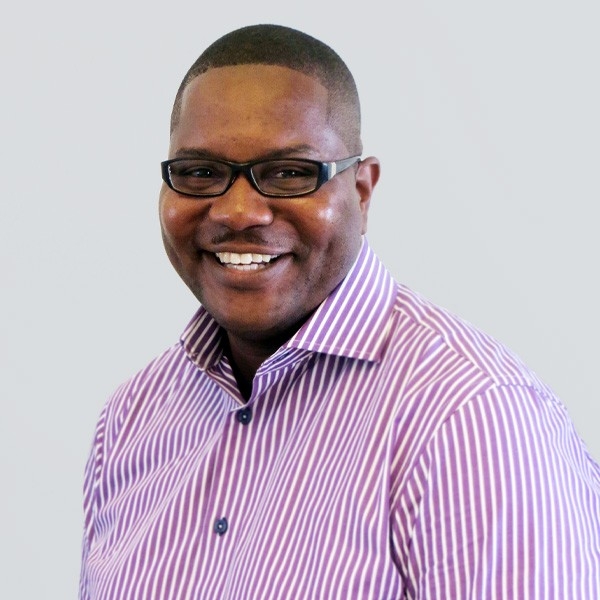
For Nnadozie “Nana” Okeke, principal at Davis Brody Bond, a Page Company, a strong desire to improve the lives of young men and women guides his design perspective. The U.S.-born dual national, who has called New York home since his undergraduate years, possesses a lifelong appetite for learning and teaching, which has informed his career as an architect of educational and recreational spaces in disadvantaged areas.
Leading with compassion and curiosity, Nana draws on his personal experiences, inspirations, and mentors when designing a school or civic center. Ultimately, these buildings are not only buildings – they are the heart of a community where the next generation can also learn, grow, and thrive.
A Passion for Learning
I was born in Brooklyn to Nigerian parents. We moved back to Nigeria when I was 5 and lived there until I was 17 – those formidable years growing up in a developing country shaped how I view things. My earliest influence was my dad, who was a civil and structural engineer. The first time I visited his job site was around age 7. I became fascinated with the built environment. I thought, “What's behind this thing? What’s happening here?” I didn’t quite understand that I would become an architect. I just knew I wanted to be in this business.
%20with%20his%20dad.jpg)
I came back to New York to attend architecture school at The City College, where I met Alan Feigenberg, a professor who shaped my perspective on learning. His approach to education was simple: You learn by teaching. You can only claim to master any subject once you can explain it clearly to someone else. At that time, he was involved with the Salvadori Center, an after-school program that used the built environment (buildings, bridges) to show students that what they learn is part of their everyday life. Professor Feigenberg challenged us to test our architecture knowledge by teaching fifth graders in the program. That’s when my interest in inner-city schools began.
Making an Impact Through Architecture
One building that stands out is The Eagle Academy for Young Men, a high school we did in the Bronx in an underserved neighborhood. It became an after-hours community hub. At an open house, a parent came up to me with tears in her eyes as she shook my hand. She said, “I had no idea what I would do. I was convinced that my kid’s life was going to be wasted. Now that he’s gotten into this school, I feel it will save him.” She was speaking for many in that neighborhood. While we go through challenges that come with erecting a building in the city, it’s easy to forget what these buildings mean to their users. I remember that project because of the personal impact it made.
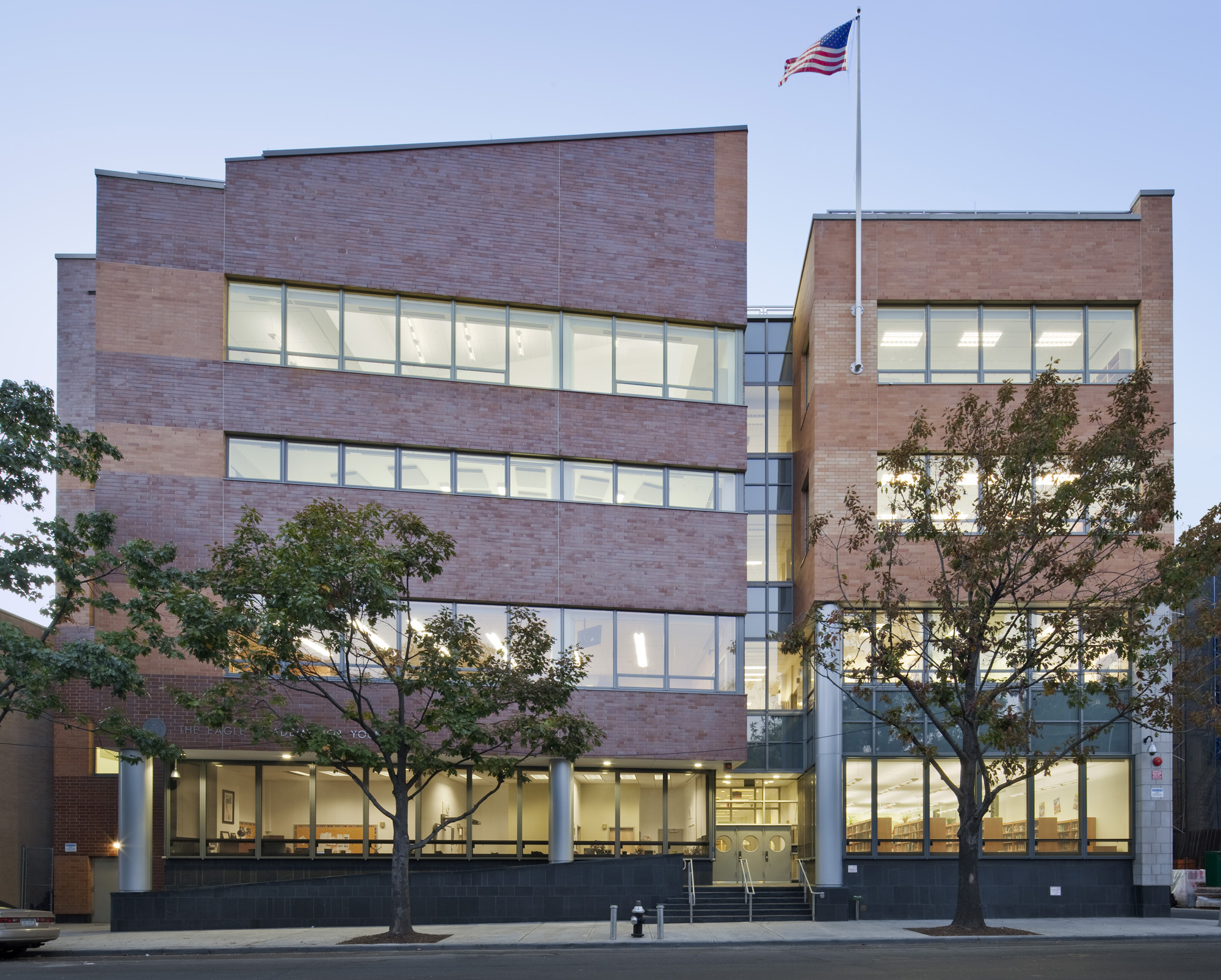
With the John C. Daniels School in New Haven, Connecticut, the scheme was a cluster of classrooms arranged around a central open courtyard. To improve visibility and security, we used a lot of glass. At a school meeting, someone was pessimistic about the amount of glazing we proposed. They felt it wasn’t the right neighborhood for our design. But we thought, “Just because the neighborhood isn’t great today doesn't mean we have to build a prison. We would just be reinforcing the stereotype.” Two years after we finished, I went back to the area. Many of the not-so-nice homes had been replaced with nicer apartments. That little school brought change to the neighborhood. Architecture can be transformative, and sometimes, you have to take a leap of faith.
Valuing Mentorship
Part of joining organizations like the National Organization for Minority Architects (NOMA) and speaking at the New York Build Expo about diversity in construction is going on stage to show that young minority people can pursue architecture or construction. I make sure that I'm visible. I ensure I'm accessible when people reach out to me on professional platforms. I try to never be too busy to help a young person.
%20and%20Chris%20Grabe%CC%81%20(second%20from%20right)%20receive%20an%20award%20for%20the%20John%20C.%20Daniels%20School.jpg)
In my career, Chris Grabé has been the partner in charge at every school I've worked on over the past two decades. From the Harlem Children's Zone and King/Robinson Magnet School to John C. Daniels and The Eagle Academy for Young Men, he's mentored me and has had a big influence on my professional development.
Inspiration Through Gardening and Travel
I grew up on a farm in Enugu, a small southeastern town in Nigeria. Now, I live outside Manhattan in Westchester, which is greener than the city. I'm always out in my garden with my children, touching the soil and the earth. Putting your hands in the mud as an outlet after a challenging day on the job site is quite nice.
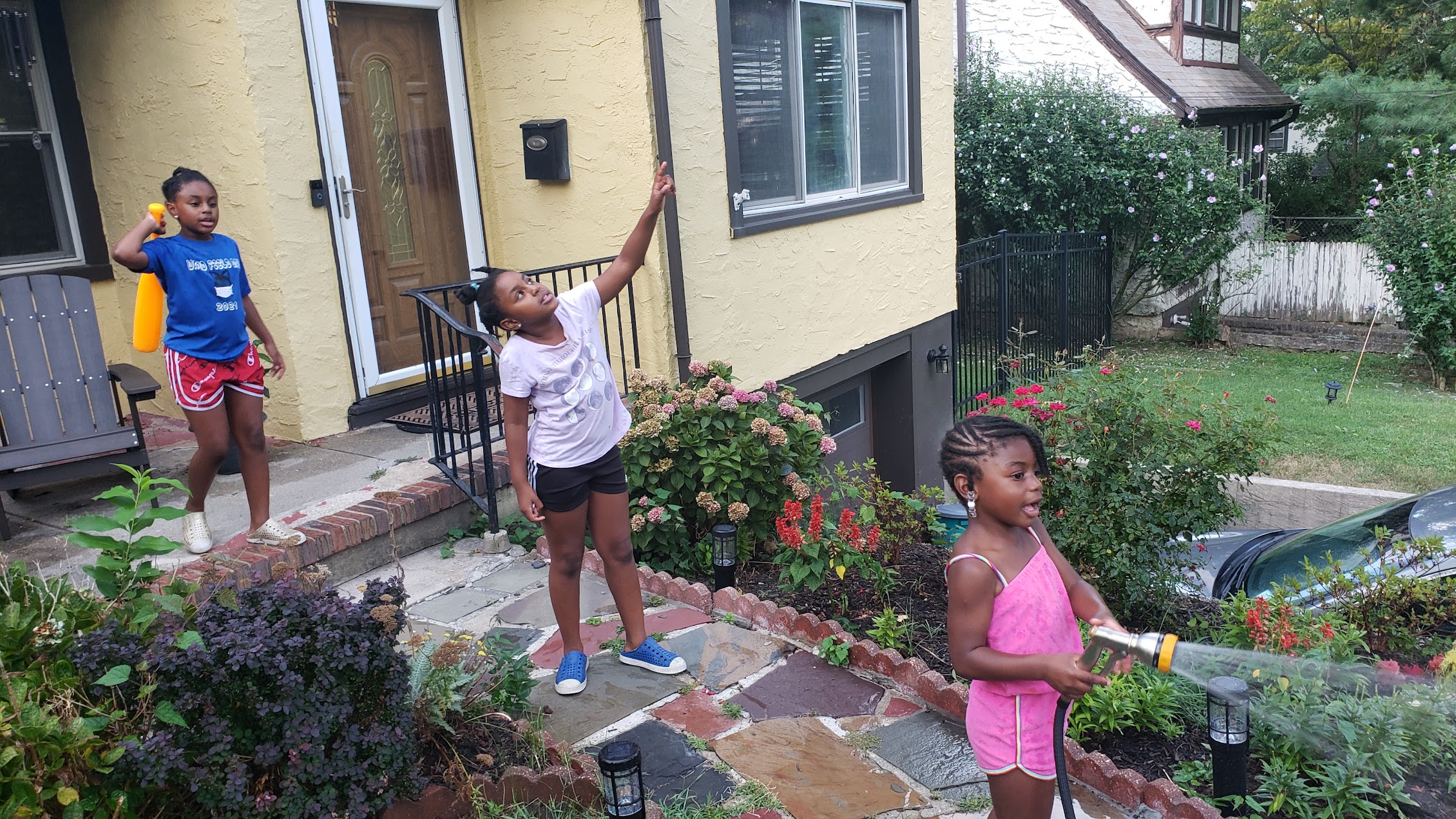
I love traveling. My wife recently ran a marathon in Paris, so I went to support. I've been there many times, but every time you go, you discover new areas. During the race, I had two hours before I’d find her again, so I went to the Centre Pompidou, the Louvre, and a few smaller museums.
Prioritizing Community and Reimagining Sustainability
In Nigeria, there’s a traditional design concept that brings me joy. It’s when rooms are designed in a cluster around a courtyard for family gatherings or sports, in the spirit of closeness. Anytime I walk into a courtyard as an adult, I'm brought back to my childhood, to my grandfather’s house. At the John C. Daniels School, classrooms are arranged this way. The overall concept is the same. It’s still one of my favorite schools we've built.
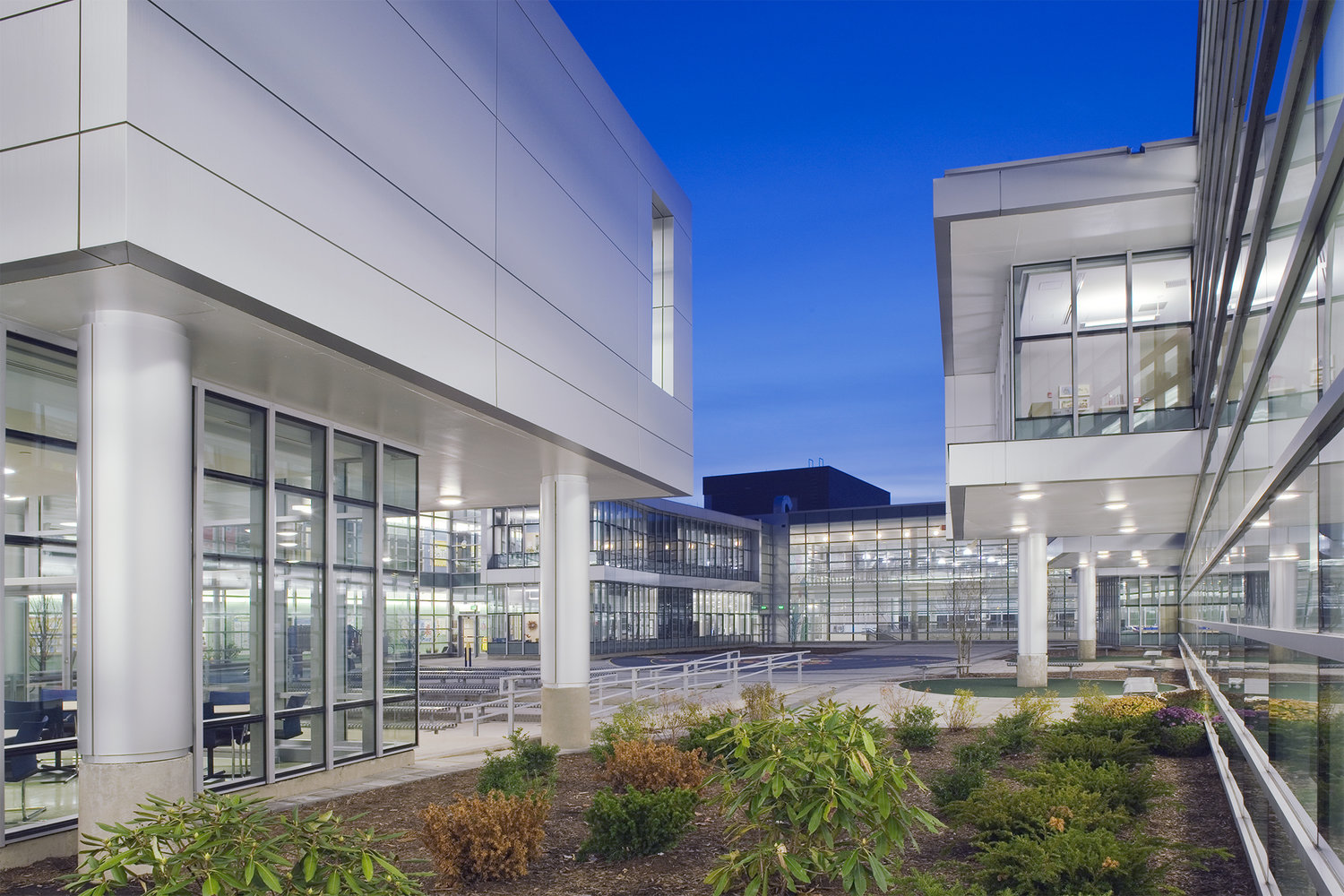
Diébédo Francis Kere, a Berlin-based architect from Burkina Faso who won the Pritzker Prize two years ago, is a big influence on me in terms of goals for the future of architecture. He designs middle- and large-scale buildings in Africa using locally sourced materials. It’s very sustainable and inexpensive. His complexes, schools, and villages don't need large amounts of steel, glass, and other things we use to build here. He’s finding innovative ways to give small villages in Africa world-class level amenities.
Approaching Design with Empathy
I always try to remember what a building’s users need. I advocate for them, put myself in their shoes, and think about how the design will make them feel. A building needs to look great, but it also needs to work for the users. This is what we do and why we do it. I don’t only look forward to design meetings – I look forward to visiting the job site during construction, and I look forward to answering questions from users many years post-occupancy. I look forward to all of it because it makes me who I am.
